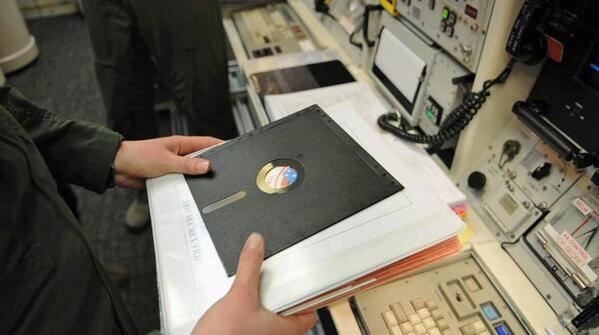Ether_Snake
å®å®å®å®å®å®å®å®å®å®å®å®å®å®å®
http://www.theguardian.com/world/2014/apr/29/nuclear-accident-near-misses-report
What I think is likely to happen? A hacker will fire a nuclear weapon for fun.
The report lists 13 instances since 1962 when nuclear weapons were nearly used. In several cases the large-scale launch of nuclear weapons was nearly triggered by technical malfunctions or breakdowns in communication causing false alarms, in both the US and Russia. Disaster was averted only by cool-headed individuals gambling that the alert was caused by a glitch and not an actual attack.
The Chatham House authors say the risks appear to be rising. Nuclear weapons are spreading – most recently to North Korea – and disarmament is stalling. Russia and the US still have an estimated 1,800 warheads on high alert, ready to launch between five and 15 minutes after receiving the launch order
The mental state of some of the leaders who had their fingers on the nuclear button has sometimes been a source of worry. Richard Nixon and Boris Yeltsin both raised concerns among their top advisers with their heavy drinking. In May 1981 the newly elected French president, François Mitterand, left the French nuclear launch codes at home in the pocket of his suit.
President Jimmy Carter did the same in the 1970s, and the suit as well as the codes were taken to the dry cleaners. The US launch codes went missing again when Ronald Reagan was shot on 30 March 1981. FBI agents had them, along with the injured president's bloodied trousers.
[...]
In September 1980 in Damascus, Arkansas, a maintenance engineer dropped a socket wrench into a silo holding a Titan II nuclear missile, igniting its fuel and triggering an explosion which sent the warhead flying. It landed near a road but did not detonate.
In an earlier accident in January 1961, a B-52 bomber broke up over North Carolina, dropping its two nuclear bombs over the town of Goldsboro. One of the bombs activated, engaging its trigger mechanism. A single low-voltage switch was all that stood between the eastern US and catastrophe.
Washington, June 1980 A faulty computer chip triggered a nuclear attack warning on the US, giving the impression that more than 2,000 Soviet missiles were on the way.
Cuba, October 1962 Four nuclear-armed Soviet submarines were deployed in the Sargasso Sea at the height of the Cuban missile crisis. US warships had warned Moscow that they would be practising dropping depth charges, but the message did not reach the submarines. With his communications cut off and believing himself under attack, one commander ordered a launch of nuclear warheads, declaring: "We're going to blast them now." He was persuaded to desist by his second-in-command.
Soviet Union, September 1983 Shortly after midnight on 25 September an alert sounded at a Soviet satellite early warning station. The data suggested five intercontinental ballistic missiles were heading towards the country. Lieutenant Colonel Stanislav Yevgrafovich defied protocol by not reporting the incident to his superior, gambling that it was a false alarm. It turned out that sunlight glinting off US territory had confused the satellite.
Russia, January 1995 On 25 January Norwegian scientists launched a Black Brant rocket to study the aurora borealis over the Svalbard region. They warned Moscow but the message never reached the radar operators at the Russian early warning stations, who mistook the rocket for an incoming Trident submarine-launched missile. President Boris Yeltsin was discussing his decision with his top military commander when the rocket fell wide of Soviet territory.
What I think is likely to happen? A hacker will fire a nuclear weapon for fun.





